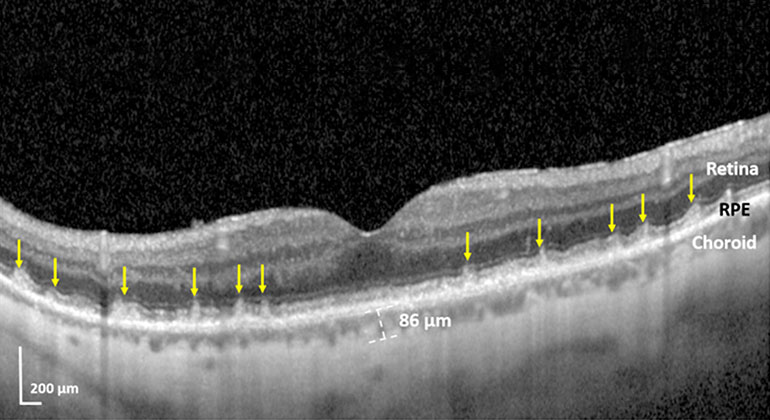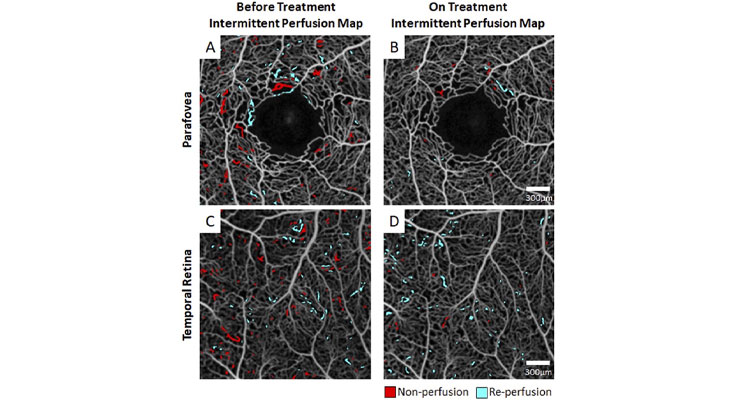"How To Slow Or Avoid Diabetic Retinopathy" - Allison Tsai
Maybe you’ve noticed that street signs look blurry at night or maybe tiny dark spots have appeared in your vision. These are among the signs of retinopathy, a common eye complication of diabetes. ”Diabetic retinopathy is brought on by chronically elevated blood glucose levels that, over time, damage blood vessels in the retina at the back of the eye and cause blurred or cloudy vision or, eventually, complete loss of vision,” said Richard Rosen, MD, director of retina services at the New York Eye and Ear Infirmary of Mount Sinai. Most ophthalmologists screen for retinopathy by taking a picture of the retina to see if any blood spots are visible. “This new technology allows your doctor to see into the retina to examine blood flow, swelling, and whether your eye is losing blood vessels,” explains Dr. Rosen. “We can tell if the person is losing capillaries—and how fast.”
- Richard B. Rosen, MD, Professor, Ophthalmology, Icahn School of Medicine at Mount Sinai, Surgeon-Director, Retina Service Chief, Director of Ophthalmology Research, New York Eye and Ear Infirmary of Mount Sinai

Blinding Eye Disease Strongly Associated With Serious Forms of Cardiovascular Disease
Nov 17, 2022 View All Press Releases
High-Tech Imaging Offers New Way to Detect Signs of Early Glaucoma
Aug 02, 2022 View All Press Releases
Blinding Eye Disease Is Strongly Associated With Heart Disease and Stroke
Jul 12, 2022 View All Press ReleasesThree Mount Sinai Ophthalmologists Receive Prestigious Achievement Awards
Dec 01, 2020 View All Press ReleasesBreakthrough Technology Used to Discover Eye Damage from Repeated Intravitreal Injections
Apr 13, 2020 View All Press Releases